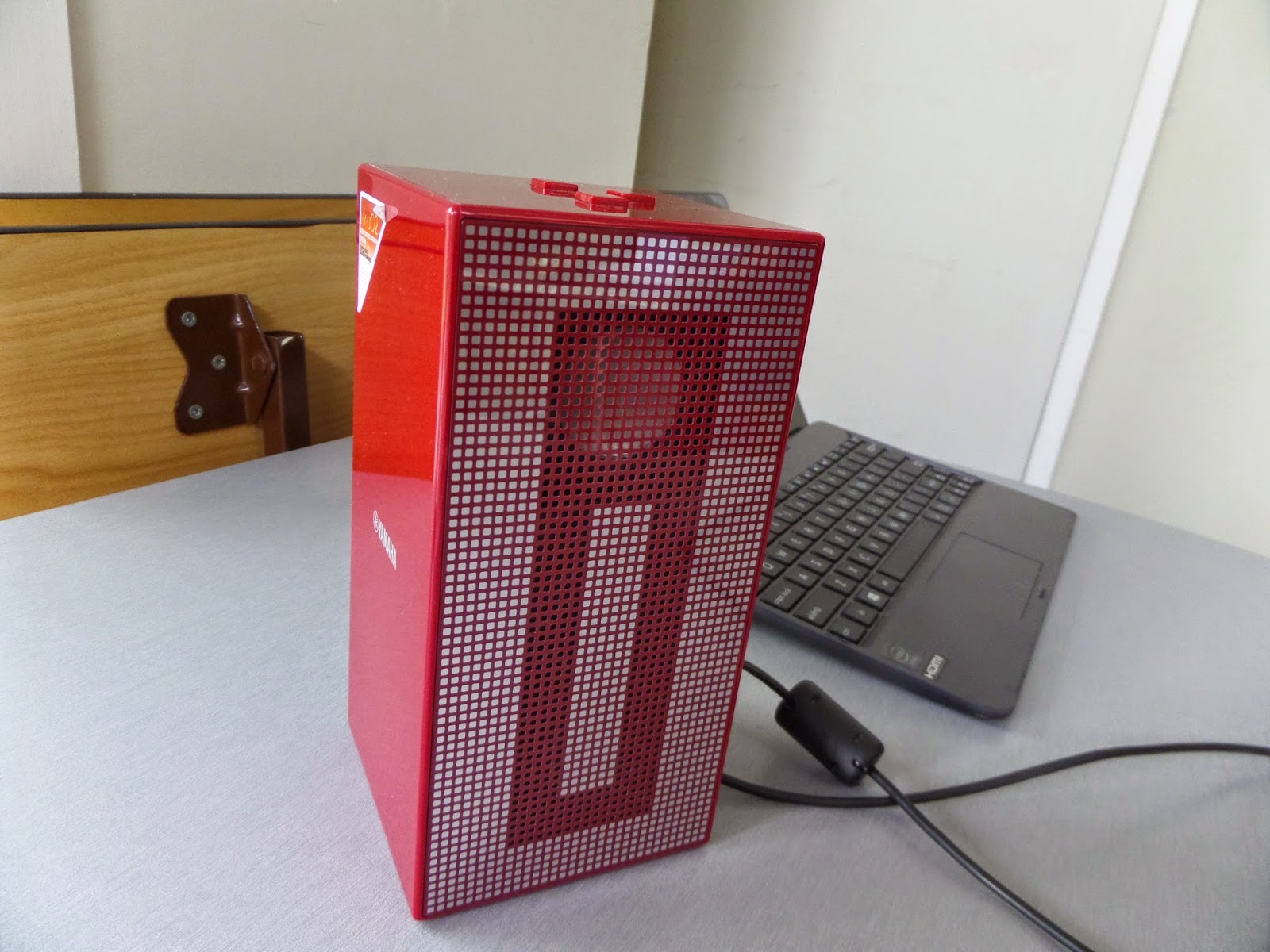

400 tonnes of paua (abalone) were illegally
harvested from New Zealand waters. Most of them destined for foreign
restaurants especially Chinese markets.
1000 tonnes of paua are harvested. At this rate, NZ will be like Canada and outh Africa, all their abalone stock being depleted.
I do not buy abalone. Besides the exorbitant price, I don't think the taste is so great to warrant he price.
In
the old days, you can buy the green ugly unappetising paua in the fish
market. But not any more, it is too expensive for the local market,
exept in uppity restaurants where they make them into paua fritters.


Once, 400 tonnes of paua (abalone) were illegally
harvested from New Zealand waters. Most of them destined for foreign
restaurants especially Chinese markets.
1000 tonnes of paua are harvested. At this rate, NZ will be like Canada and outh Africa, all their abalone stock being depleted.
I do not buy abalone. Besides the exorbitant price, I don't think the taste is so great to warrant he price.
In
the old days, you can buy the green ugly unappetising paua in the fish
market. But not any more, it is too expensive for the local market,
except in uppity restaurants where they make them into paua fritters. The Chinese like them in cans. They bleach them to make them attractive,
In the older days up till 1970s when
the water engineer was a student in Christchurch, Paua shells were used
for their attractive colours to make jewellery, and souvenirs. Most
people didn't eat paua.


In
last night's news, 400 tonnes of paua (abalone) were illegally
harvested from New Zealand waters. Most of them destined for foreign
restaurants especially Chinese markets.
1000 tonnes of paua are harvested. At this rate, NZ will be like Canada and outh Africa, all their abalone stock being depleted.
I do not buy abalone. Besides the exorbitant price, I don't think the taste is so great to warrant he price.
In
the old days, you can buy the green ugly unappetising paua in the fish
market. But not any more, it is too expensive for the local market,
except in uppity restaurants where they make them into paua fritters.
In the older days up till 1970s when
the water engineer was a student in Christchurch, Paua shells were used
for their attractive colours to make jewellery, and souvenirs. Most
people didn't eat paua.
rtising.
My sister Grace:
When I have dinner with my in laws, I use mock abalone. They are less
than $20 for 500gm and they taste like real abalone. I remember we had
mock abalone with Joseph (I think in Kuching), and he thought it was the
real mccoy.
In the older days up till 1970s when
the water engineer was a student in Christchurch, Paua shells were used
for their attractive colours to make jewellery, and souvenirs. Most
people didn't eat paua. Now they cost a lot.
 Industrial waste from inland areas and untreated sewage pour into the river through discharge drains [File: AP]New Delhi, India - Polluted rivers in India pose a major threat to agriculture and public health but there are few signs that costly efforts to tackle the problem are making headway.
Industrial waste from inland areas and untreated sewage pour into the river through discharge drains [File: AP]New Delhi, India - Polluted rivers in India pose a major threat to agriculture and public health but there are few signs that costly efforts to tackle the problem are making headway.























 This lady has to be my very special fan. She read in the newspaper I was having my book signing. She came with her niece, and she bought 2 books and wanted to have her photo taken with me.
This lady has to be my very special fan. She read in the newspaper I was having my book signing. She came with her niece, and she bought 2 books and wanted to have her photo taken with me.

















 Thursday
Thursday 